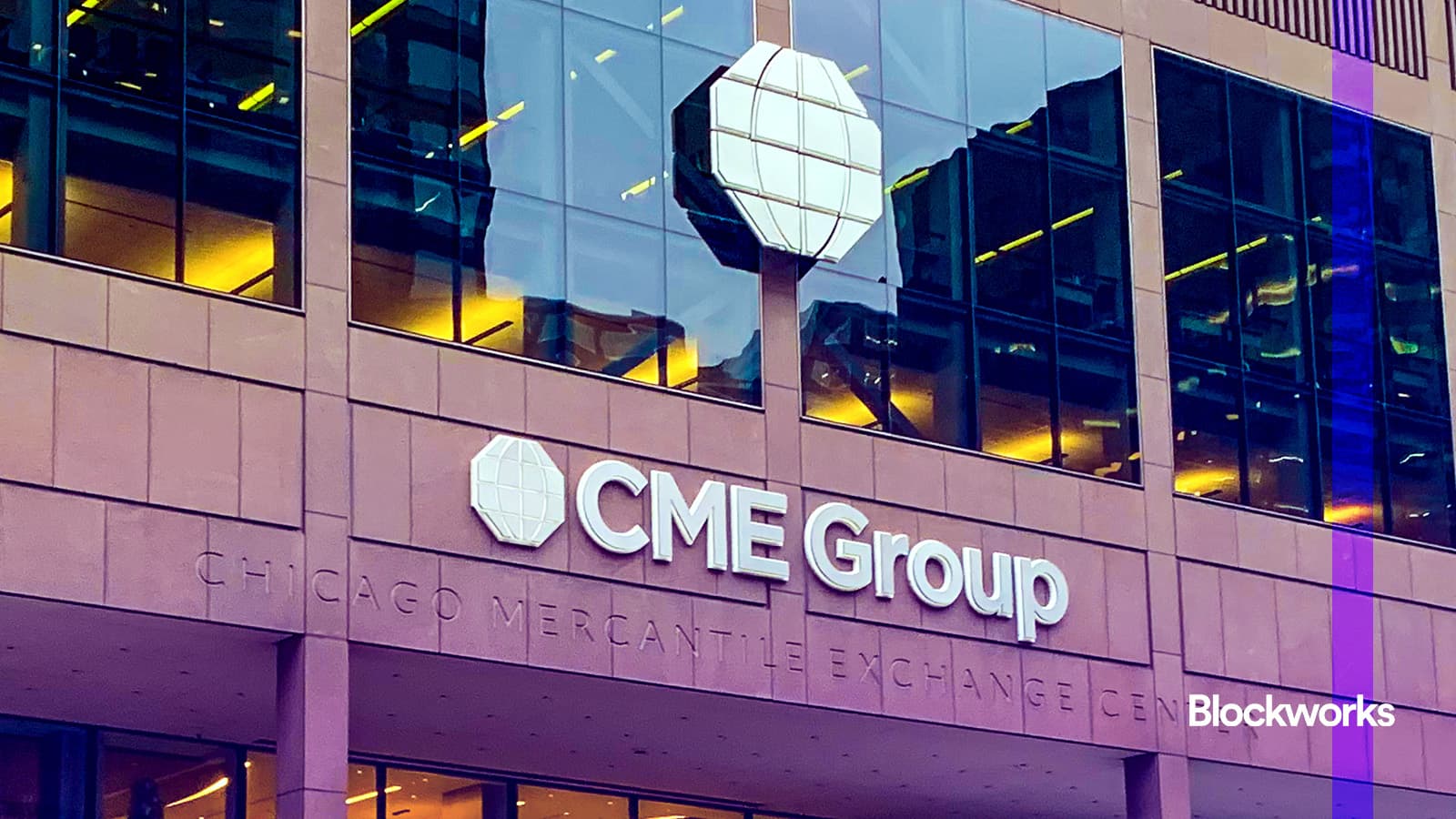Key Insights:
- Deutsche Bank Research forecasts that Bitcoin will coexist with gold in central bank balance sheets by 2030.
- Corporate Bitcoin acquisitions totaled 463,685 BTC through Sept. 22, nearly tripling 2025’s 164,250 BTC mining output.
- Strategic Bitcoin reserve initiatives across multiple countries could intensify institutional demand pressure.
Deutsche Bank Research projected that Bitcoin (BTC) will coexist with gold in central bank balance sheets by 2030, which would mark a fundamental shift in how monetary authorities view digital assets.
The forecast came amid mounting supply pressure as corporate accumulation outpaced new Bitcoin creation by nearly three-to-one.
The German bank’s September 2025 analysis concluded “there is room for both gold and Bitcoin to coexist on central bank balance sheets by 2030.”
The prediction positioned Bitcoin and gold as complementary diversifications to traditional safe-haven reserves due to their low correlation with other asset classes and inflation resistance.
Despite Bitcoin falling 2.5% in the past 24 hours in a crash below $113,000, with $1.7 billion liquidated from the market, the bigger picture remained unchanged: institutional demand continued accelerating while supply growth decelerated.
The short-term volatility masked longer-term structural shifts driving Bitcoin adoption across sovereign and corporate balance sheets. In this scenario, stacking stats quickly remains the goal for Bitcoin holders.
Corporate Demand Outstrips Mining Supply by 3-to-1 Ratio
Bitcoin Treasuries data revealed corporate accumulation reached 463,685 BTC through Sept. 22, compared to just 164,250 BTC scheduled for mining in 2025.
The supply-demand imbalance highlighted intensifying institutional competition for the scarce Bitcoin supply.
Deutsche Bank noted Bitcoin’s volatility should decline as adoption matures, similar to gold’s historical price stabilization.
The research emphasized that Bitcoin’s 30-day volatility dropped to 23% when prices surpassed $123,500 in August, demonstrating reduced sensitivity as institutional integration advanced.
Additionally, it noted Bitcoin’s low correlation with traditional assets, showing only a 12% correlation with the S&P 500 since 2020 and a negative correlation with government bonds during specific periods.
Gold maintained higher correlations with traditional assets, averaging 14% with equities and 12% with bonds.
Corporate treasury adoption accelerated despite market fluctuations. Companies recognized Bitcoin’s long-term appreciation potential, with Deutsche Bank highlighting performance that consistently outperformed traditional reserves over extended timeframes.
Strategic Bitcoin Reserves Gain Global Momentum
Multiple countries advanced strategic Bitcoin reserve initiatives, creating additional demand pressure beyond corporate accumulation.
The US established its Strategic Bitcoin Reserve in March 2025 through executive order, centralizing government-held Bitcoin obtained through civil and criminal forfeiture rather than auctioning assets.
Brazil proposed a $19 billion Bitcoin Strategic Reserve, with lawmakers citing successful blockchain integration by countries including El Salvador, the United States, and China.
The legislation assigned custody responsibilities to Brazil’s Central Bank and Finance Ministry while requiring biannual performance reports.
Russia’s State Duma deputy Anton Tkachev proposed creating a strategic Bitcoin reserve, asking Finance Minister Anton Siluanov to study whether Russia could hold Bitcoin alongside traditional foreign currency reserves.
Switzerland advanced an initiative requiring the central bank to hold reserves partially in gold and Bitcoin.
Countries like Bhutan demonstrated sovereign Bitcoin accumulation through mining operations.
All these events point to a “gold rush” that will only be aggravated if Deutsche Bank’s prediction turns out to be accurate.
Deutsche Bank Analysis Points to Institutional Coexistence
The Deutsche Bank research identified Bitcoin’s potential as a reserve asset for emerging markets, where studies showed Bitcoin helped holders circumvent capital controls in countries like Argentina, Egypt, and Nigeria.
The analysis positioned Bitcoin as an alternative to unstable local currencies.
Central bank adoption could accelerate based on Bitcoin’s complementary characteristics to gold.
While gold maintained stronger correlations with traditional financial assets, Bitcoin demonstrated independence from conventional monetary systems, appealing for portfolio diversification.
The bank’s correlation analysis since 2011 showed Bitcoin maintaining minimal relationships with traditional assets across most timeframes.
Ethereum displayed 79% correlation with Bitcoin, while gold showed varied correlations with different asset classes, ranging from negative 48% to positive 30%.
Deutsche Bank concluded that regulatory developments, macroeconomic conditions, and technological maturation would enable both assets to serve different but complementary roles in central bank portfolios by 2030.
The supply mathematics supported the institutional adoption thesis. With only 164,250 new Bitcoins entering circulation in 2025, while corporations already accumulated 463,685 BTC, additional central bank demand could create unprecedented supply constraints.
Source: https://www.thecoinrepublic.com/2025/09/22/stack-sats-quickly-deutsche-bank-predicts-bitcoin-on-central-bank-balance-sheets-by-2030/



